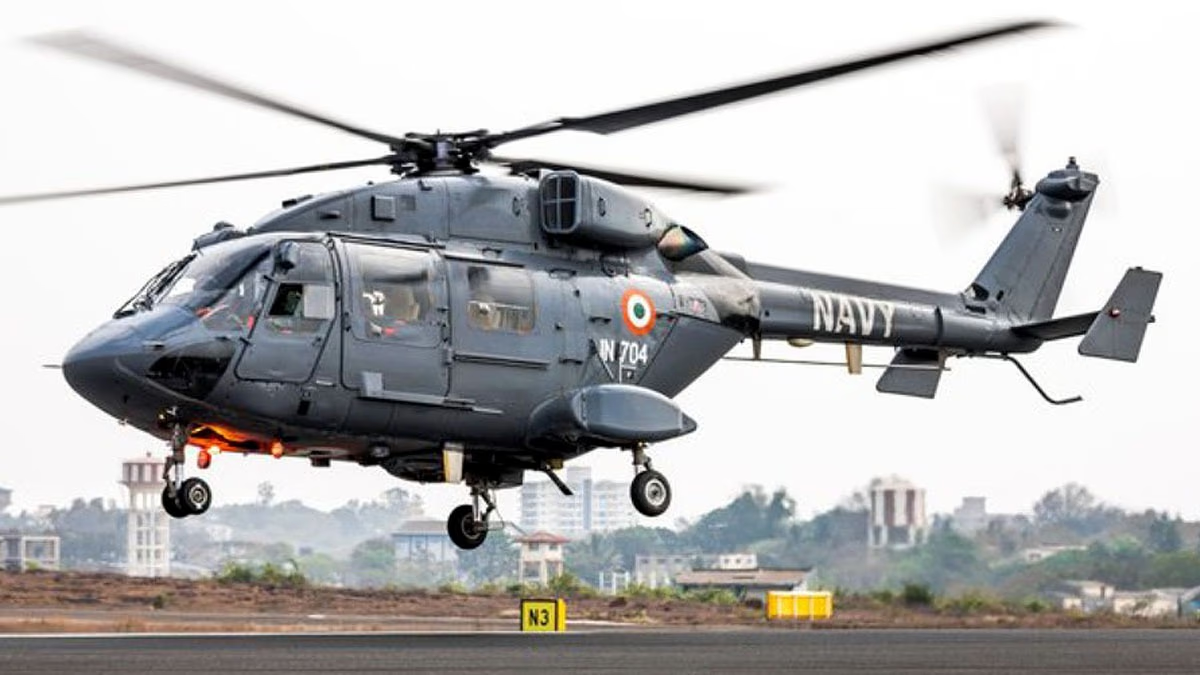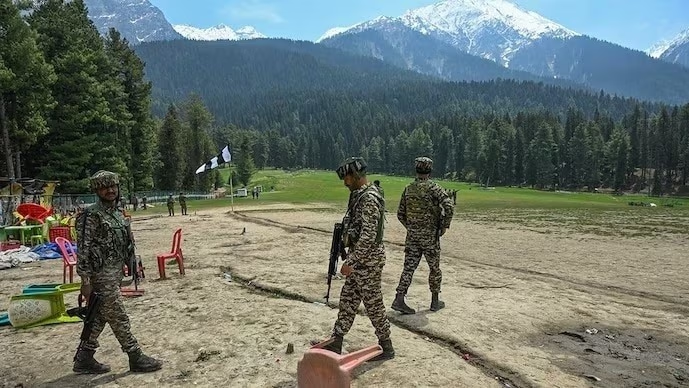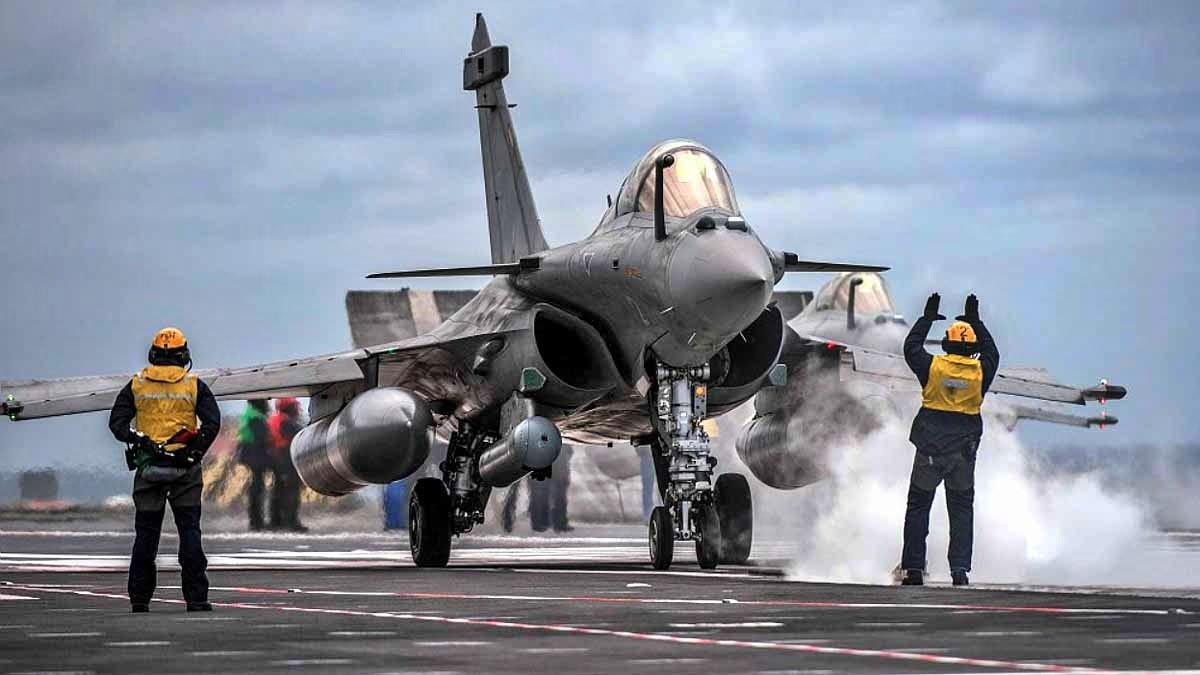Receiving the go-ahead for ALH Dhruv helicopters after a four-month suspension marks a significant achievement for India's indigenous defense capabilities. The investigation and corrective measures following the January 5, 2025, incident have ensured the helicopter's safety and reliability.
Manufactured by Hindustan Aeronautics Limited (HAL), the Army and Air Force variants of the Advanced Light Helicopter (ALH) Dhruv have been approved to resume operations after a four-month hiatus. This clearance was based on the recommendations of a Defect Investigation (DI) Committee which critically assessed the helicopters' technical faults.
The grounding of Dhruv Helicopters
All Dhruv helicopters were grounded after a crash involving an ALH Dhruv helicopter of the Indian Coast Guard on January 5, 2025. This accident raised concerns about the technical reliability of the helicopters, prompting the Ministry of Defense to form a Defect Investigation Committee. The committee's task was to identify the causes of the incident and ensure the helicopters' safety.
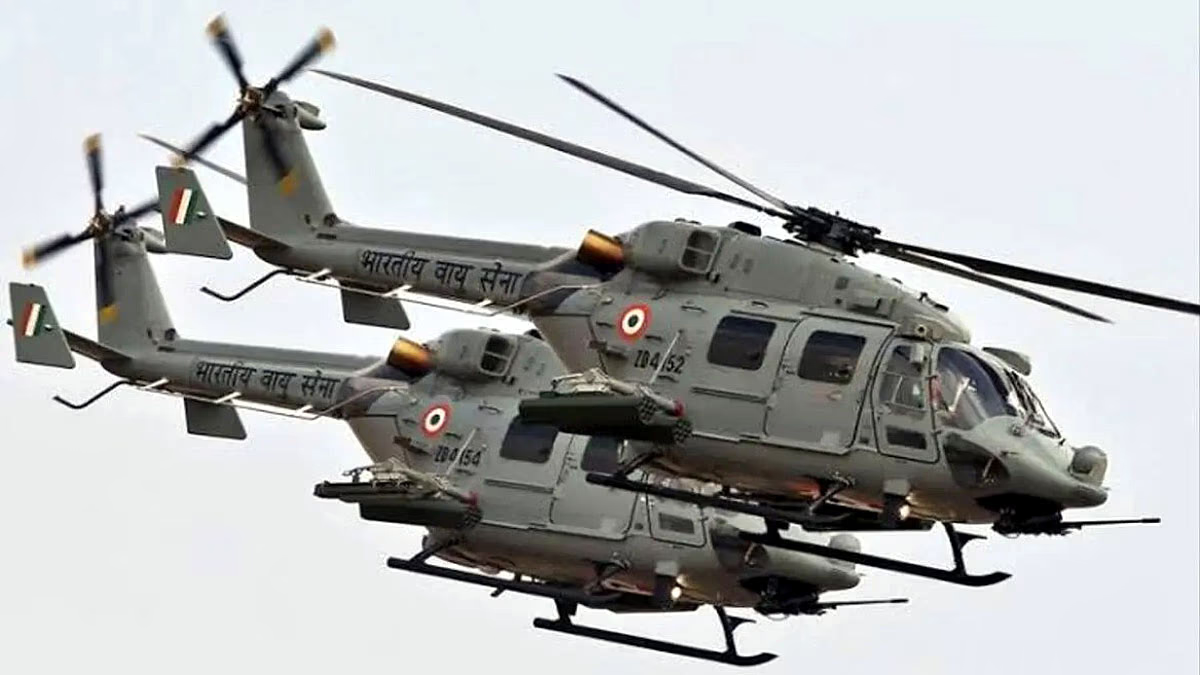
Source: aajtak
For the past four months, the operation of Dhruv helicopters in the Army, Air Force, and Coast Guard had been completely halted. During this period, HAL and the armed forces collaborated to analyze technical issues and implement corrective actions. In a clarification issued on April 11, 2025, HAL mentioned that the investigation process was nearing its conclusion, with plans to recommence operations soon.
Approval and Operational Plan
Based on the recommendations of the Defect Investigation Committee, the Army and Air Force’s ALH Dhruv helicopters have been given the green light to fly again. A time-bound plan, agreed upon between the armed forces and HAL, outlines a phased approach to resuming helicopter operations, incorporating elements such as...
Technical Improvements
: The committee identified certain design and maintenance faults in the helicopters, which HAL has rectified. These enhancements include improvements related to the rotor system, engine performance, and avionics.
Pilot Training
: Before resuming operations, pilots will undergo training in new safety protocols and advanced systems.
Phased Operations
: Initially, the helicopters will be deployed for limited missions. Regular monitoring will ensure full operational readiness.
Coast Guard Status
: No clear decision has been arrived at regarding the Dhruv helicopters of the Coast Guard, as their investigation and rectification process is still ongoing.
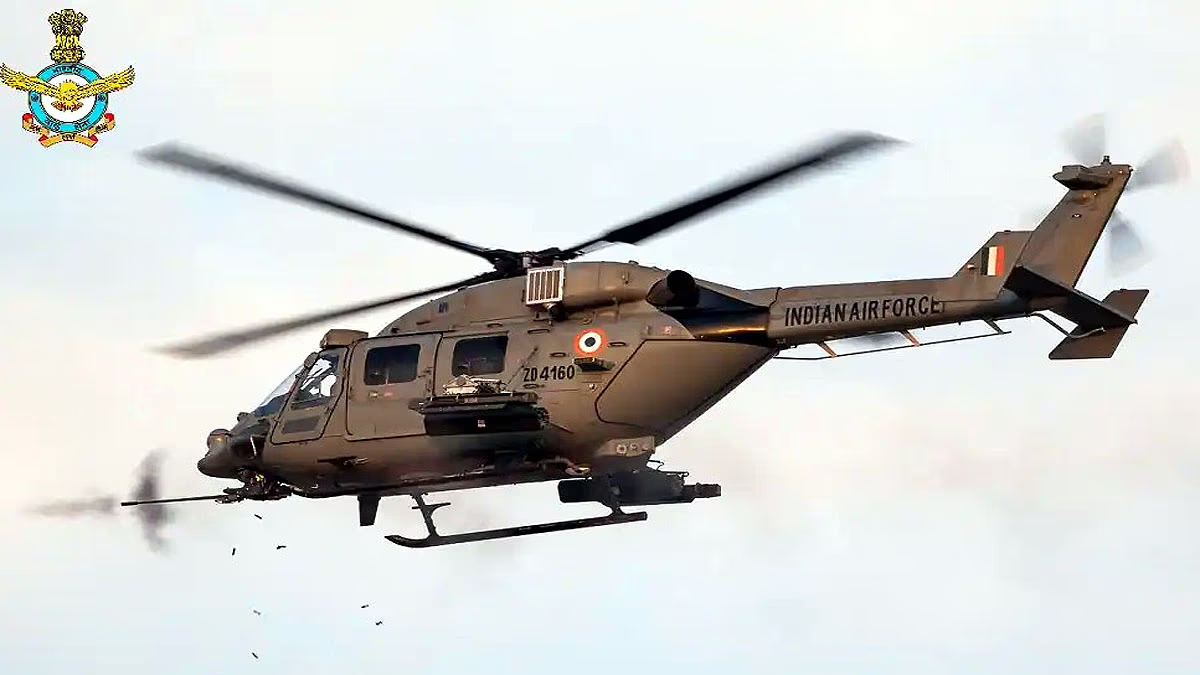
Source: aajtak
ALH Dhruv Helicopter: A Symbol of Indigenous Engineering
The ALH Dhruv helicopter is a testament to India's indigenous defense capabilities. Designed and developed by HAL in the 1990s, it has been serving the Indian armed forces since 2002. Dhruv is a multi-role helicopter, suitable for various missions, with key features including...
Weight and Capacity
: This 5.5-ton helicopter can carry 14 soldiers or 1.5 tons of cargo.
Engine
: Equipped with two powerful engines (AL-31FP turboshaft), it can achieve speeds of 295 km/h and reach altitudes up to 6,500 meters.
Mission
: This helicopter is designed for troop transport, search and rescue, medical evacuation, and light attack missions. The Army and Air Force variants can also be fitted with missile and rocket launchers.
Indigenization
: More than 60% of Dhruv's components are indigenously sourced, reinforcing the vision of a self-reliant India.
The Dhruv helicopter is utilized by the Indian Army, Air Force, Navy, and Coast Guard. Its reliability is well-regarded in high-altitude regions like the Himalayas and hot desert areas.
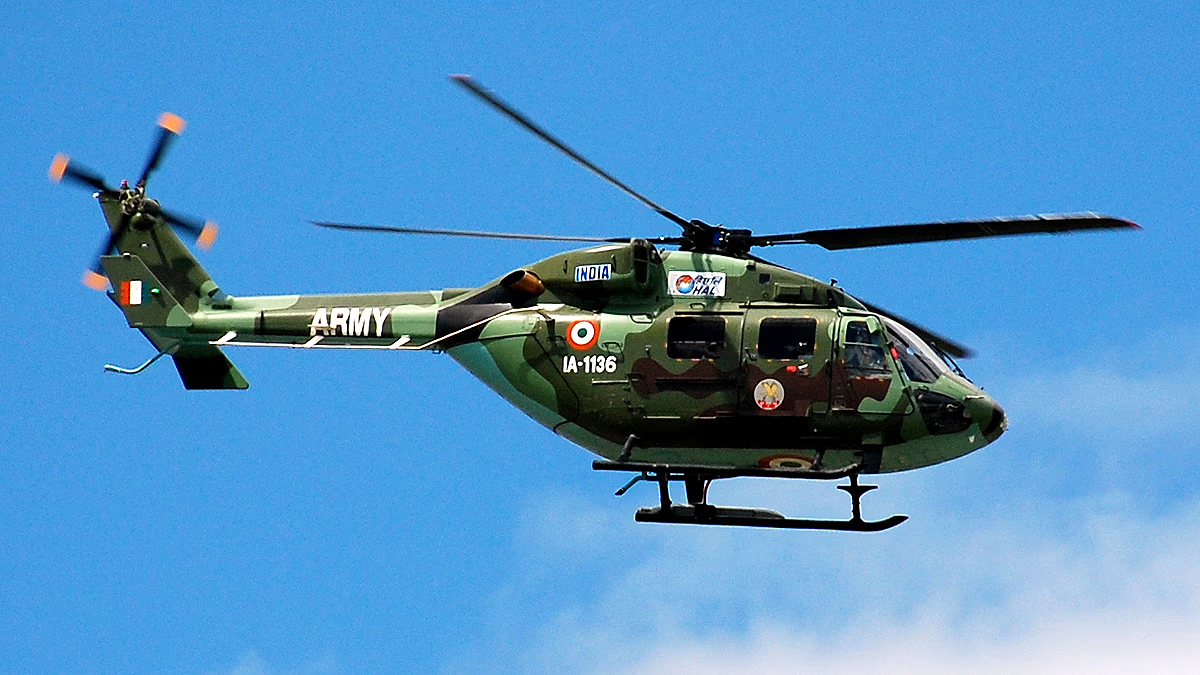
Source: aajtak
Accidents and Technical Challenges
The history of the ALH Dhruv helicopter is largely of success, although some past accidents have been concerning. Prior to the Coast Guard's accident on January 5, 2025, the Dhruv helicopter had encountered several incidents.
Rotor System Faults
: In some cases, issues were identified in the main rotor blade or tail rotor.
Engine Failures
: There were complaints about reduced engine performance at high altitudes.
Design Limitations
: Some experts believe that Dhruv's design was not fully adaptable to extreme conditions.
Despite these challenges, HAL asserts that Dhruv maintains a reliability rate above 95%. Most accidents were attributed to human error or lack of maintenance. Following the 2025 accident, HAL conducted a thorough inspection of all helicopters and implemented corrections based on the committee's recommendations.
HAL and Armed Forces Collaboration
The collaboration between HAL and the armed forces was pivotal in securing this approval. HAL not only made technical improvements but also initiated several measures to prevent future occurrences.
Advanced Diagnostic Systems
: New sensors and diagnostic tools have been installed in the helicopters, capable of detecting faults in real-time.
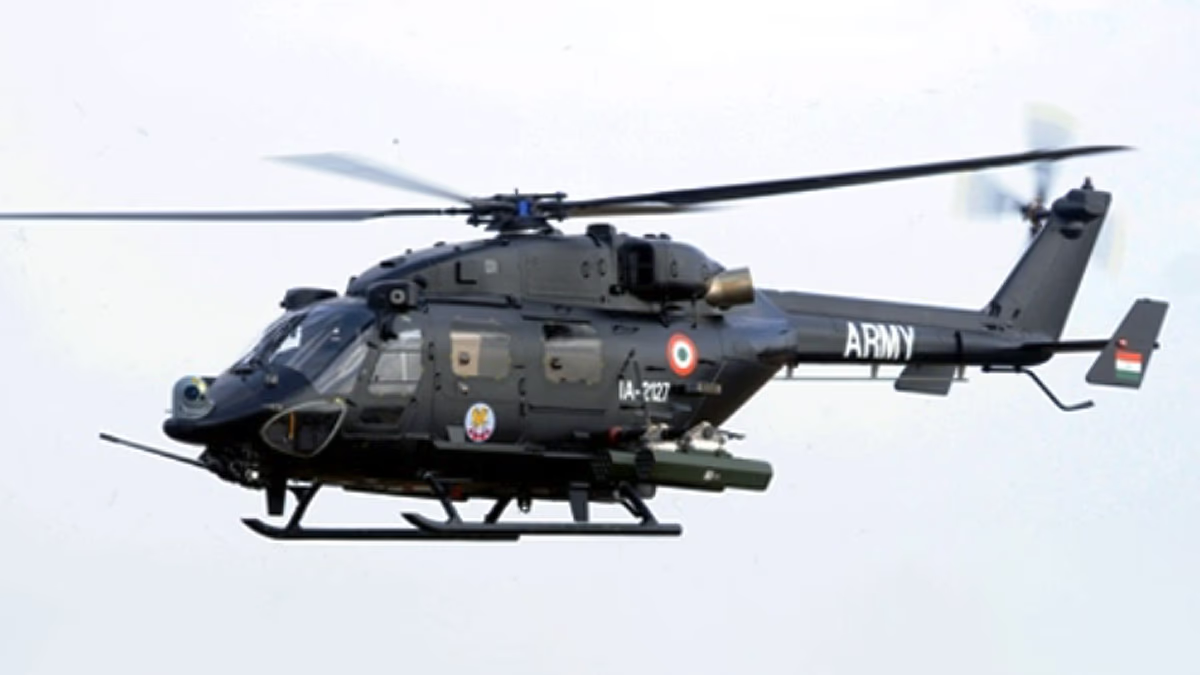
Source: aajtak
Maintenance Protocols
: Maintenance and inspection protocols have been strengthened.
Indigenous Upgrades
: HAL is developing indigenous avionics and weapon systems for Dhruv to enhance its capabilities further.
HAL also stated that it is exploring export opportunities for Dhruv. Recently, some countries in South America and Southeast Asia have shown interest in this helicopter.
Future Plans
The approval of ALH Dhruv marks a positive direction for Indian defense. The helicopter's return will enhance the operational capacity of the army and air force, especially in sensitive areas like Jammu and Kashmir and the Northeast. HAL plans to develop advanced versions of Dhruv, such as the ALH Mk-IV, with more powerful engines and weapon systems.
Additionally, HAL is working on the indigenous Light Combat Helicopter (LCH) and other projects to further strengthen India's defense self-sufficiency. The approval of the Dhruv helicopter will also positively impact HAL's reliability and technical prowess.
